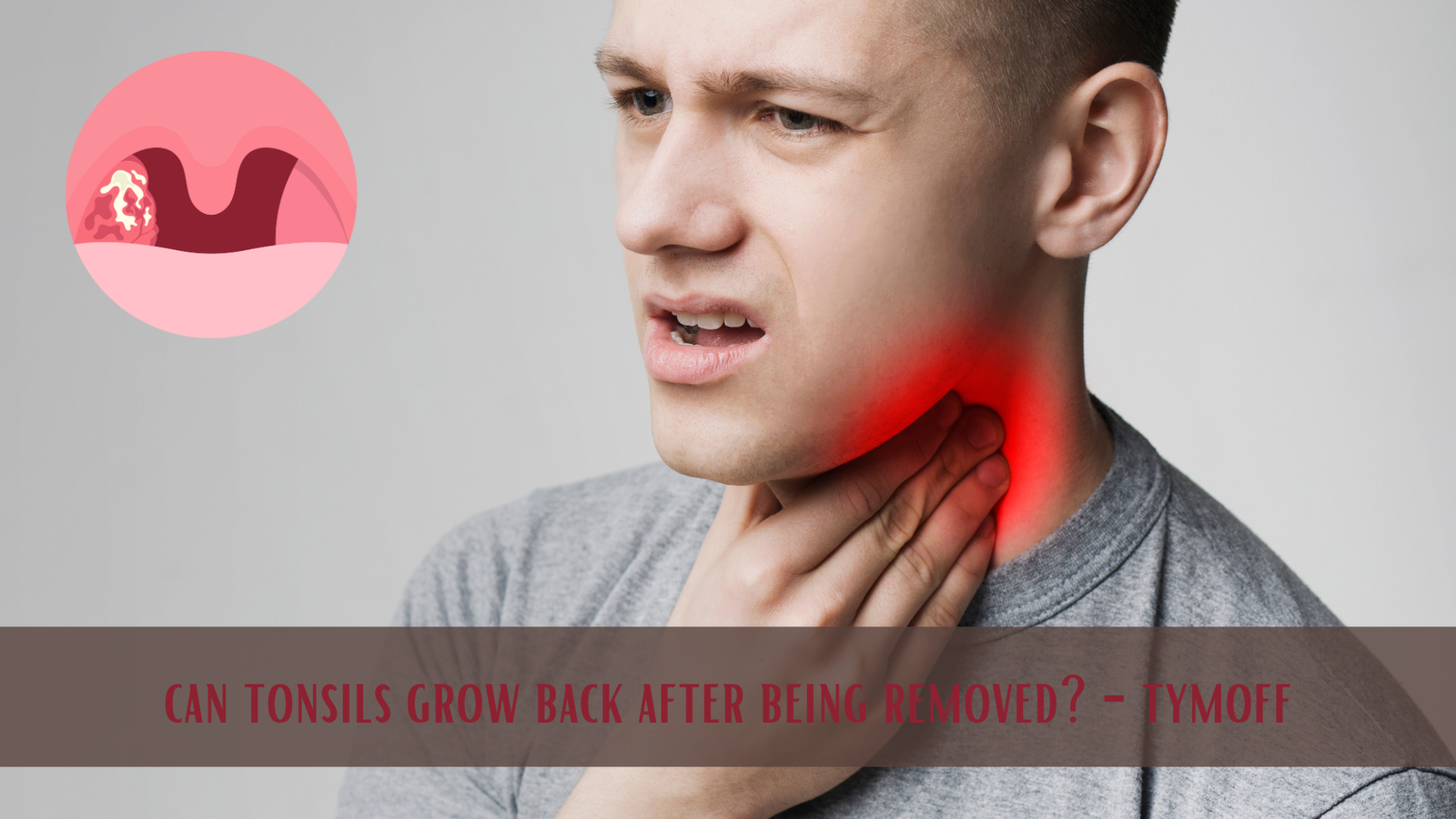Tonsillectomy, the surgical removal of tonsils, is a common procedure used to treat chronic tonsillitis, sleep apnea, and other conditions. A frequent question that arises after this surgery is whether tonsils can grow back. The short answer is yes, but it’s a rare occurrence and happens under specific conditions.
What Causes Tonsil Regrowth?
The possibility of tonsils growing back after removal largely depends on the type of surgery performed and how much tissue was removed. In extracapsular tonsillectomy, all tonsil tissue is removed, making regrowth unlikely. However, in intracapsular tonsillectomy, a small portion of the tonsils is left behind to reduce pain and speed up recovery. This remaining tissue has the potential to regenerate, though complete regrowth is highly uncommon.
Additionally, age plays a role. Children who undergo tonsillectomy are more likely to experience some regrowth because their bodies are still developing and their cells regenerate more actively than adults. Other factors like genetics, surgical technique, and post-operative care can also influence the likelihood of regrowth.
Symptoms of Regrowing Tonsils
If tonsils begin to regrow, it typically manifests as small tissue remnants rather than full-size tonsils. Signs of this regrowth can include:
- Sore throat and irritation in the area where the tonsils were removed.
- Difficulty swallowing, particularly if the tissue becomes inflamed.
- Bad breath due to small pockets that can trap food particles and bacteria.
- Ear pain, which can occur due to the pressure on nearby nerves.
- Red or white spots where the tonsils used to be, indicating new tissue growth.
How Likely is Tonsil Regrowth?
Tonsil regrowth is relatively rare, especially if the entire tonsil is removed during surgery. However, if the surgery leaves behind any residual tissue, there is a possibility of partial regrowth. Even when regrowth occurs, it’s unlikely that the tonsils will grow back to their original size or cause the same issues that led to their removal in the first place.
Treatment for Regrowing Tonsils
If regrowth is causing symptoms similar to those that necessitated the original tonsillectomy—such as frequent infections or breathing problems—a second surgery may be considered to remove the remaining tissue. In less severe cases, treatments like antibiotics or steroids may be used to manage symptoms without requiring additional surgery.
Must Read: Learn to Sit Back and Observe: Not Everything Needs Your Reaction – Tymoff
Preventing Regrowth
Post-surgery care is critical in preventing inflammation that could encourage tissue regrowth. Following a doctor’s instructions for a soft-food diet, avoiding smoking, and steering clear of spicy or irritating foods can help ensure proper healing and minimize the chances of tissue regeneration.
Conclusion
While it is technically possible for tonsils to regrow after a tonsillectomy, it’s rare and generally only involves small remnants of tissue. Most individuals will not experience significant regrowth or require further treatment. If you suspect your tonsils are growing back and are experiencing discomfort or symptoms, it’s important to consult your doctor for a thorough evaluation and possible treatment options.
Understanding the factors that influence tonsil regrowth—such as surgical technique, age, and post-surgery care—can help alleviate concerns and ensure a smooth recovery.

